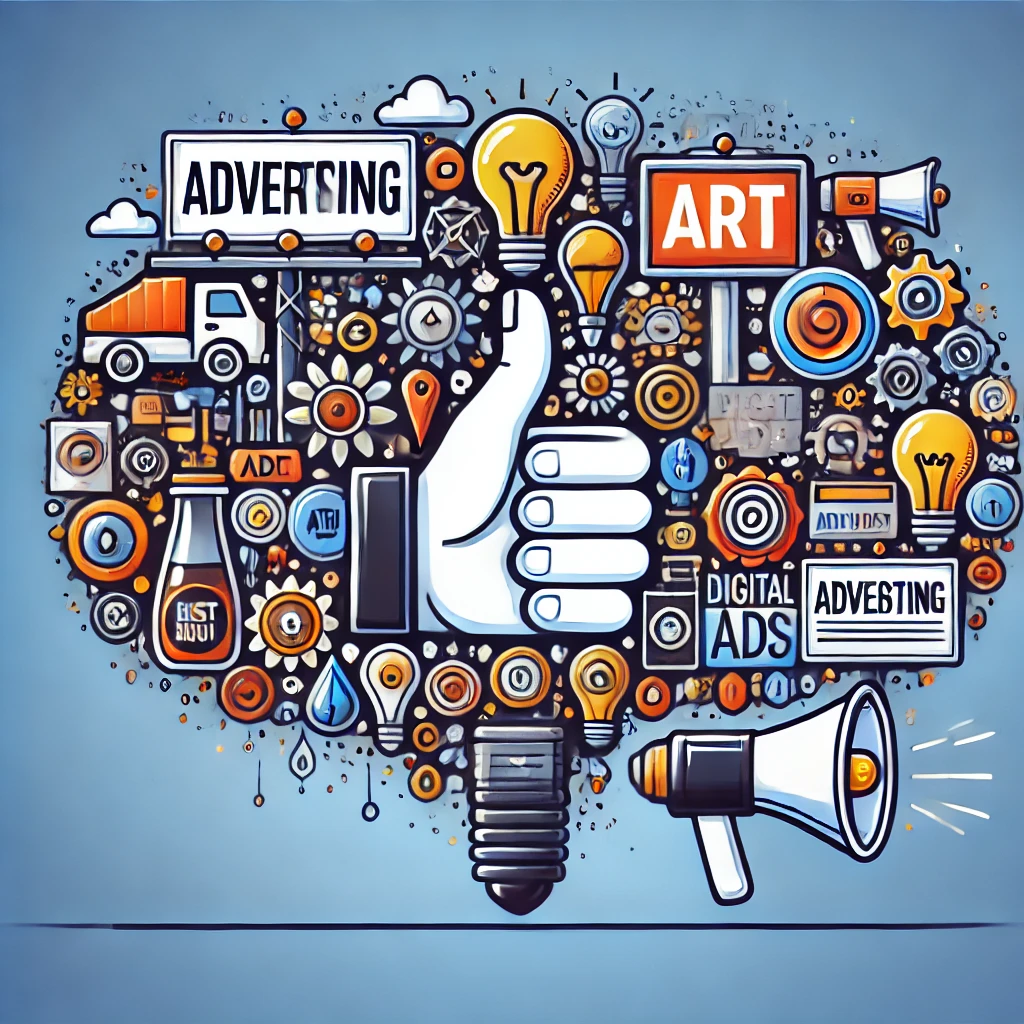
Design is not just about aesthetics—it’s about influencing human behavior. In advertising, understanding the psychology behind design decisions can significantly impact how effective a campaign will be. From color choices to layout, every design element in an advertisement can affect how the audience perceives the message.
Color Psychology in Advertising
Color has a profound effect on emotions and can influence buying decisions. Warm colors like red, orange, and yellow tend to evoke excitement, energy, and action, making them popular in advertisements aimed at creating a sense of urgency or appeal to impulse buying. Cooler colors, such as blue and green, are often associated with calm, trust, and reliability, making them suitable for brands that want to convey professionalism and stability.
The Power of Simplicity
Minimalist design has become increasingly popular in advertising because of its effectiveness in delivering a clear message without overwhelming the viewer. When ads are cluttered with too much information, viewers can become distracted and miss the main point. A clean, simple design draws focus to the key message, whether it’s the product itself, a call to action, or a brand slogan.
The Psychology of Shapes and Layout
Shapes and layout can subtly guide viewers through the ad in a specific way. Circular designs can evoke feelings of unity and protection, while angular shapes may suggest action and strength. Additionally, the placement of elements within an ad can lead the viewer’s eye to the most important information, whether through strategic use of negative space or the rule of thirds.
Utilizing Social Proof
Social proof is a psychological principle where people look to the behavior of others to guide their own actions. In advertising, showcasing customer testimonials, user-generated content, or statistics about a product’s popularity can enhance trust and drive conversion. This design strategy taps into the human desire to belong and make decisions that are validated by others.
In conclusion, applying psychological principles to advertising design can make campaigns more engaging and effective. By understanding how viewers react to color, shapes, and layout, advertisers can create designs that resonate more deeply with their target audience.